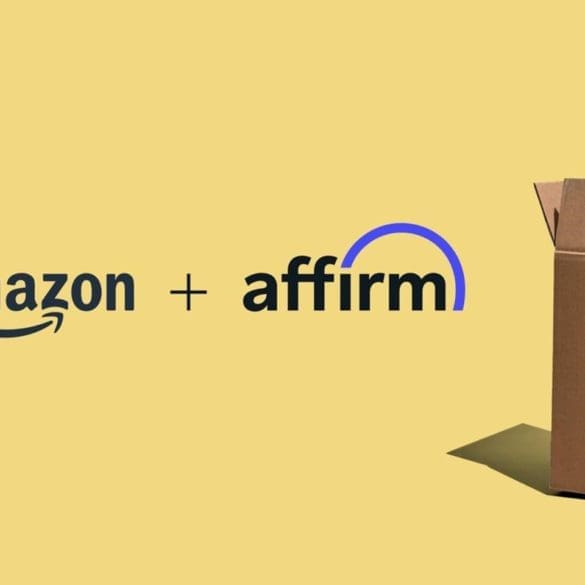With regulation taking center stage, there's an opportunity for banks to take the place of some large BNPL providers and lead the space.
How did competition between the top consumer debt contenders heat up over the long-awaited holiday shopping spree?
This earnings season started strong but turned uneven this week. Even firms that showed outsized growth saw their stock prices...
We started the month with the huge news that Square was acquiring Afterpay and we ended with Amazon’s deal with Affirm.
It seems like every day there is more news coming out of this sector, it is white-hot right now.
We look in detail at the state of marking recently-private-fintechs to the public market in mid-2021. Multiple industry segments have seen IPOs, direct listings, and SPACs transition fintech darlings into traditional stocks. How is performance doing? Is everything as magnificent and rich as we expected? Have multiples and valuations fallen or held steady? The analysis explores the answers and provides an explanatory framework.
Making news this week was Affirm partnering with Stripe, an OpenSea executive getting charged with insider trading, Binance Labs closing a new fund, Ripple and FTX on the hunt for acquisitions, Nav teaming up with Marcus and more.
In 2021, firms who had stayed alive through the initial pandemic became giants: fintechs became banks, banks became super apps, and super apps became some of the most successful public companies in the world.
In this analysis, we want to update the discussion of card networks, money movement, and the potential existential threat — or perhaps evolution — to existing infrastructure. It continues the thread on articles like Is Plaid cheap at $5.3 billion for $500 billion Visa? and Marqeta's $300MM of revenue & Ethereum's $20B in ann. transaction fees highlight opportunity and industry structure, and Who are the customers of Embedded Finance, and what do they reveal about Stripe, Affirm, DriveWealth, and Green Dot?, and more generally in this research section. We map Plaid’s progress in building out a payments ecosystem, and highlight Affirm’s debit card product powered in a novel manner through open banking. The analysis visualizes a likely evolution of the space with the introduction of Web3, and highlights a couple of early symptoms.
Paypal Mafia buy now pay later fintech the talk to the town having snagged the biggest e-commerce market in the world.
Certain customers will be able to use an Affirm pay later option at checkout, Amazon said in a press release.
In this conversation, we talk all things embedded finance, platform banking, and APIs with Simon Torrance – one of the world’s leading thinkers on business model transformation, specializing in platform strategy, breakthrough innovation and digital ventures.
There’s an enormous gap between the financial needs of humanity and what the financial sector is able to deliver there. This gap is being filled by tech-savvy solutions and embedded finance plays which are putting into question the role of a bank in this new ecosystem.











